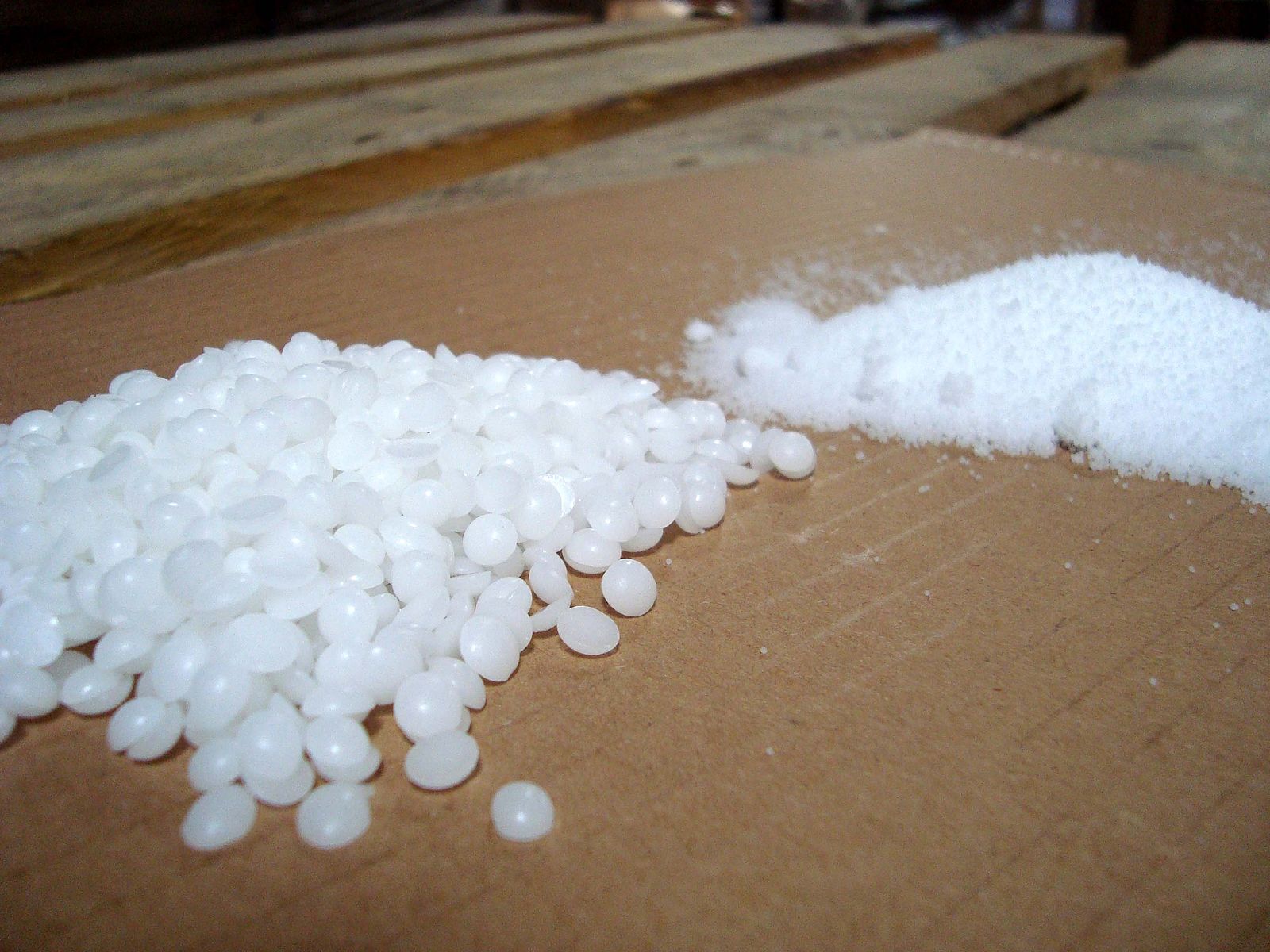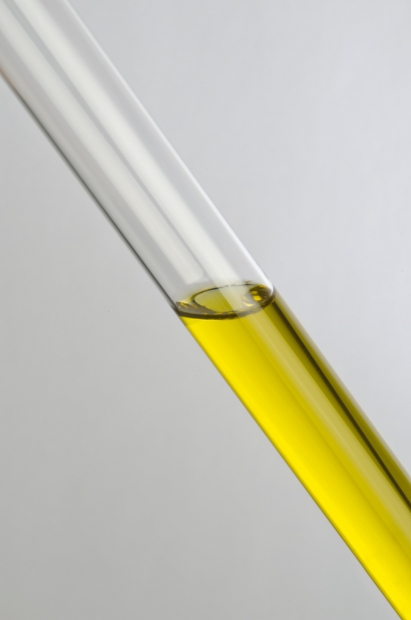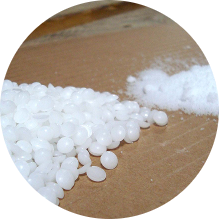SOLVENT DEWAXING
This simplified process uses sequential addition of solvent followed by a cosolvent.
The solvent has solubility for all components in the feed. The
cosolvent has no solubility for waxes and very limited solubility for oils. The process is then followed by the addition of cold cosolvent which causes immediate precipitation of the wax. The process is unique since there is no need for expensive and high maintenance scraped-surface heat exchangers.
INTEGRATED SOLVENT EXTRACTION, DEWAXING, & DEOILING
This simplified process uses sequential addition of solvent followed by a cosolvent. The cosolvent has no solubility for wax and very little solubility for paraffin oils. Our cosolvent has excellent solubility for aromatics. We are able to do extraction and dewaxing in a single unit thus lowering the capital cost dramatically. Our extensive research has led to the development of a very accurate thermodynamic model used to predict performance. No scrape surface heat exchangers are used in the process.
LOWEST COST, MOST ADVANCED PRODUCT ON THE MARKET

Duke Technologies' solvent based dewaxing/deoiling technology uses an equilibrium based procedure, based on accurate thermodynamic models, rather than the traditional rate based crystallization method.
The procedure involves aromatic extraction, followed by the dewaxing/deoiling step which is accomplished through sequential addition of solvent and cosolvent, allowing for higher filtration temperatures, higher filtration rates, and the use of a more powerful cosolvent.
ADVANTAGES
• No scraped surface heat exchangers required
• Sequential solvent addition allows for the use of a more powerful cosolvent
• More powerful cosolvent allows for higher filtration temperature and much higher filtration rates
• Lower capital and operating costs
• Sequential solvent addition allows for the use of a more powerful cosolvent
• More powerful cosolvent allows for higher filtration temperature and much higher filtration rates
• Lower capital and operating costs

 Home
Home